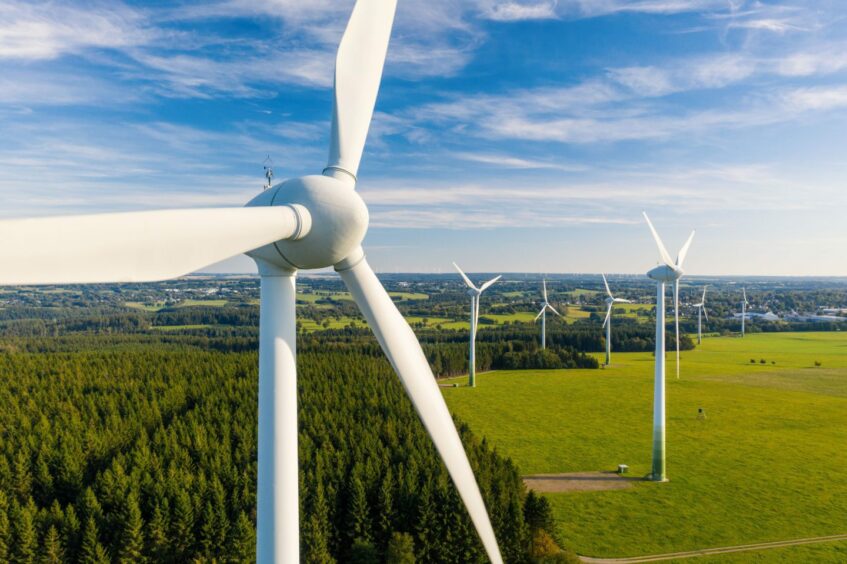
By 2026, renewables are set to make up almost 95 per cent of increased global power capacity. The increased capacity will have a knock-on effect on the wind industry, growing the challenges already faced, such as Remote Operations Centres (ROC) struggling with the increased assets to monitor.
However, adding automation technologies to wind turbines could provide the solution to these challenges, using technology such as IoT sensors, high-speed communication systems, and automated monitoring and control systems.
Under the weather
The wind industry can often find maintenance or equipment downtime challenging due to the remote location of wind turbines. Therefore, increasing the time needed to get equipment back up and running. However, if companies were to implement maintenance technology like IoT sensors to help wind operators employ more efficient maintenance strategies, it would help decrease the length of downtime.
Using IoT devices allows wind operators to decrease the number of inspections and unexpected downtime by analysing the operational behaviour of components in wind turbines and their structures. Implementing IoT technology will allow the wind industry to move away from a calendar-based corrective or preventive maintenance schedule using real-time analysis of turbine behaviour.
Not only would implementing IoT devices in wind turbines reduce downtime and maintenance but using this method also reduces waste of resources. Stopping the use of preventive maintenance techniques will decrease the number of working components being wasted before necessary, moving the wind industry to a predictive maintenance strategy.
It’s a breeze
Maintenance is not the only area automation technology can improve the wind industry’s operations. With the expected capacity surge for 2026, it limits the time that the wind industry has to deal with this demand. In turn, this will put a strain on ROCs, making it difficult for the operators to keep up with monitoring and controlling even more wind turbines. This is where automation can come to the rescue.
Automation allows companies to program technology to conduct tasks such as monitoring incoming data from turbines for issues, that would usually be time-consuming for ROCs. Each flagged issue takes operators an average of 15 to 30 minutes to check the error code, identify a solution, conduct other checks and restart or call for onsite maintenance. This may not seem like a long process, but with the demand for renewable energy rising, the wind industry will need to increase its capacity, resulting in an endless stream of data monitoring that can easily be done by artificial intelligence (AI).
Companies should seek to implement automated monitoring and control systems to address this challenge, allowing operators to have more time to address the problems the AI system flags. These automated monitoring and control systems can be supported by high-speed communication systems such as EtherCAT, allowing real-time data monitoring.
Automating wind turbines can benefit the industry greatly, streamlining operations, and reducing downtime and waste, with the increasing demand for renewable energy companies should be implementing these technologies to boost capacity. Automation is the future for many companies and the wind industry is no different.
